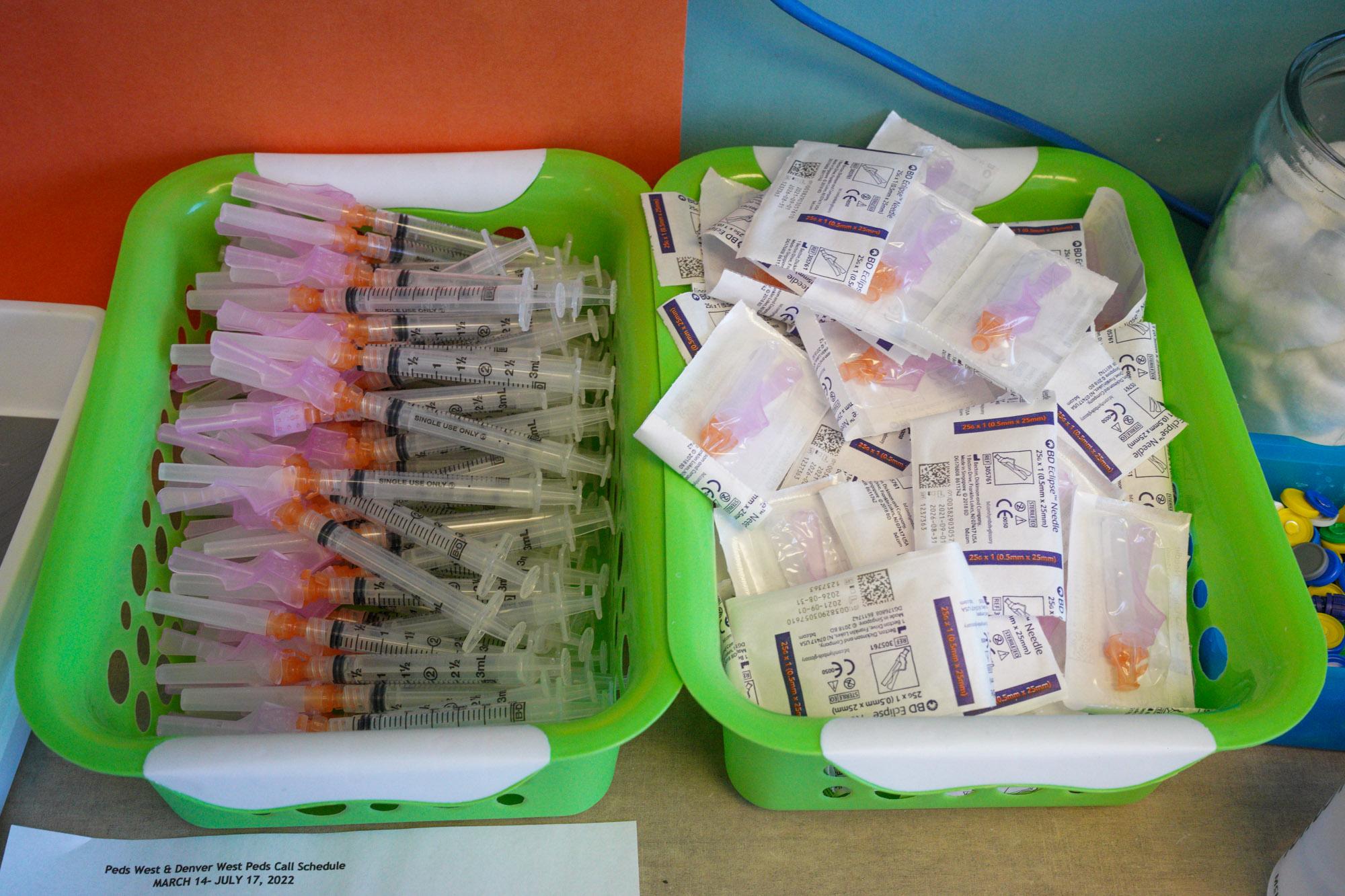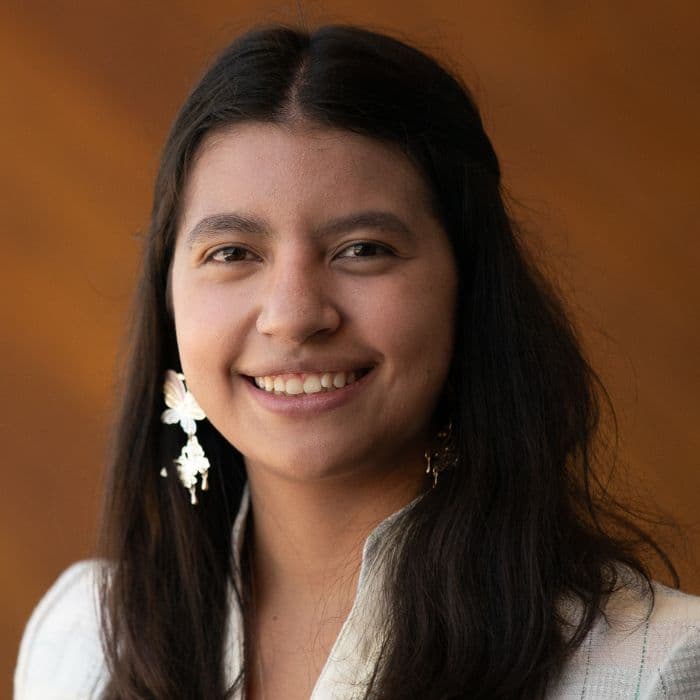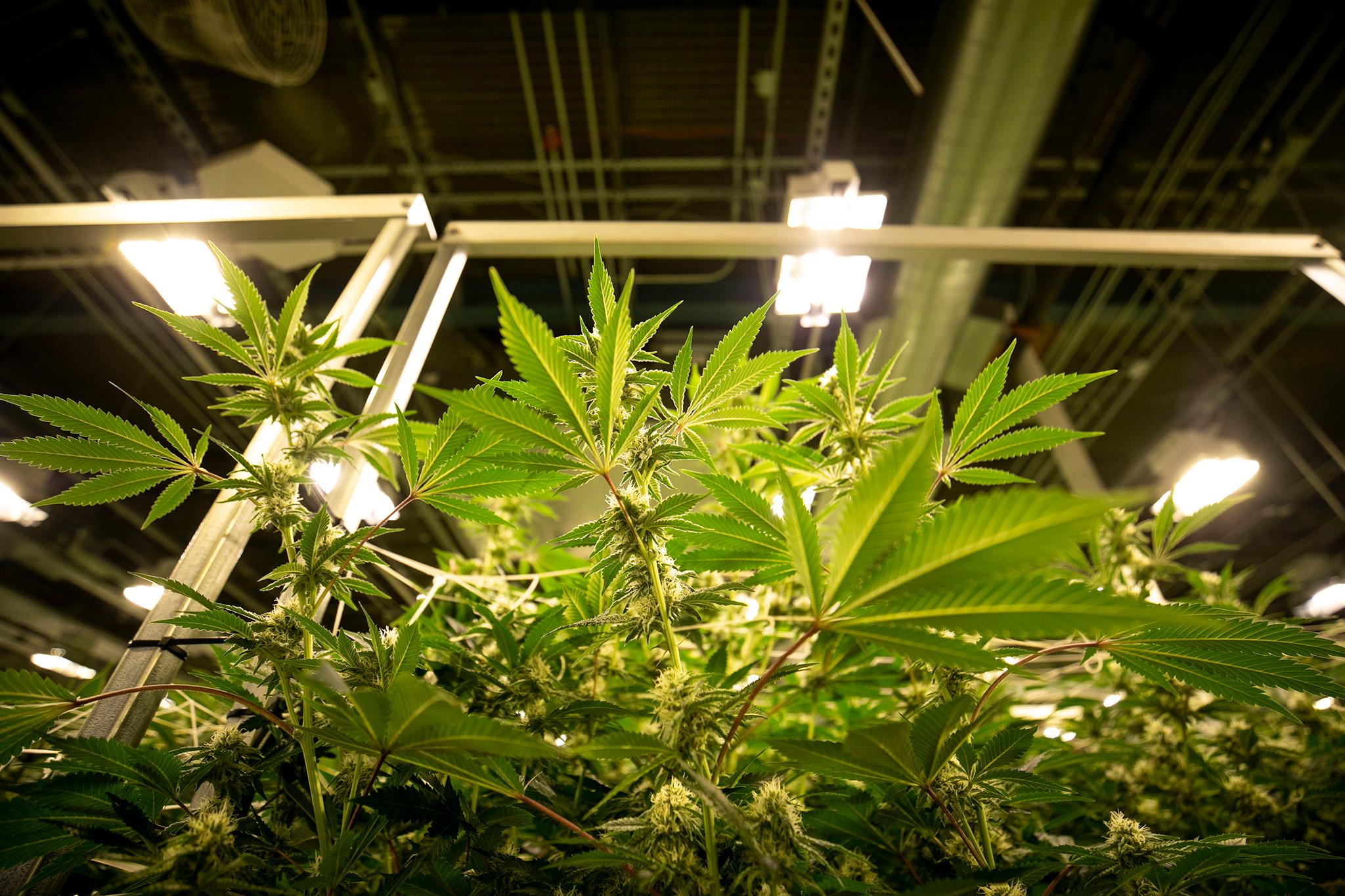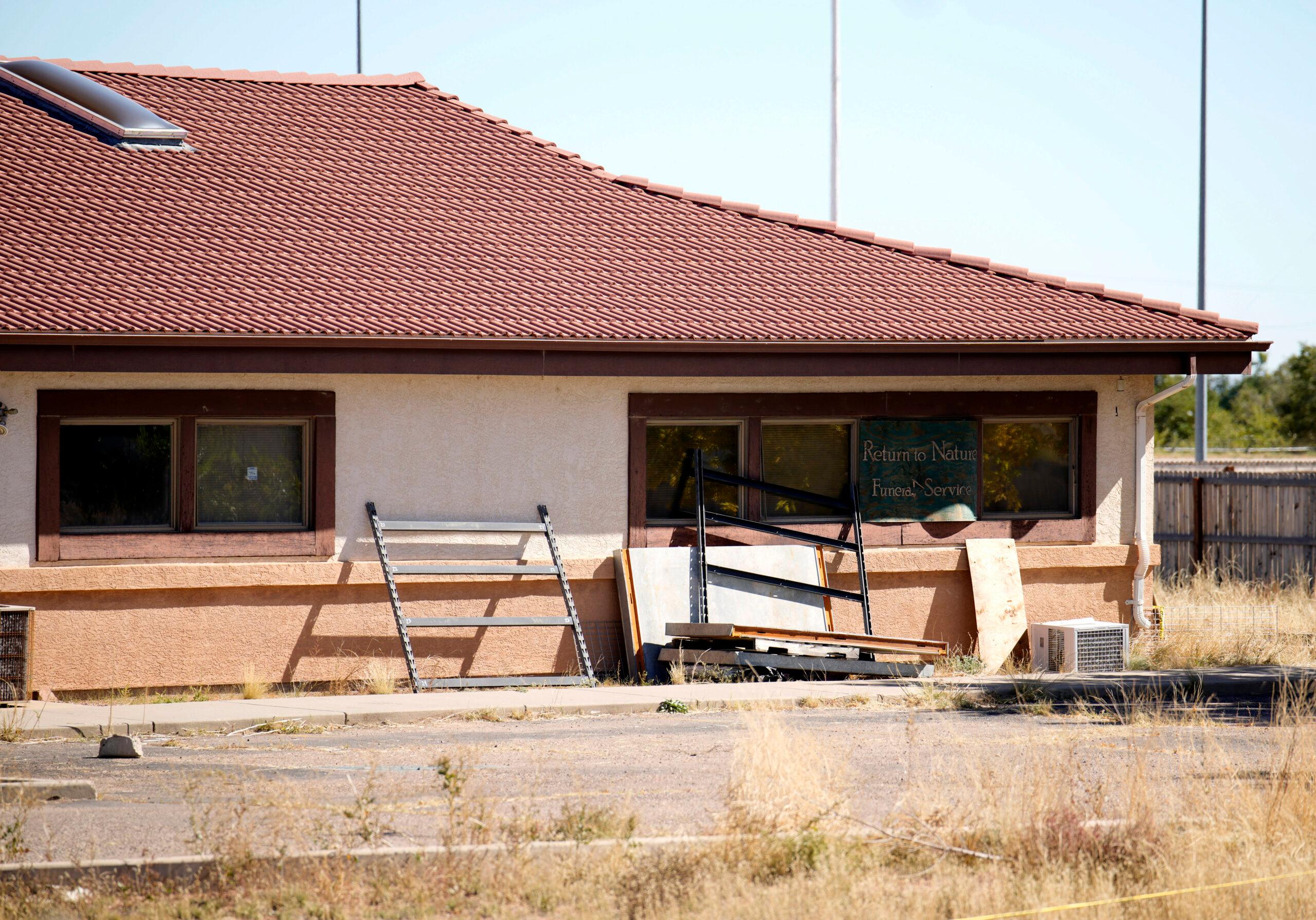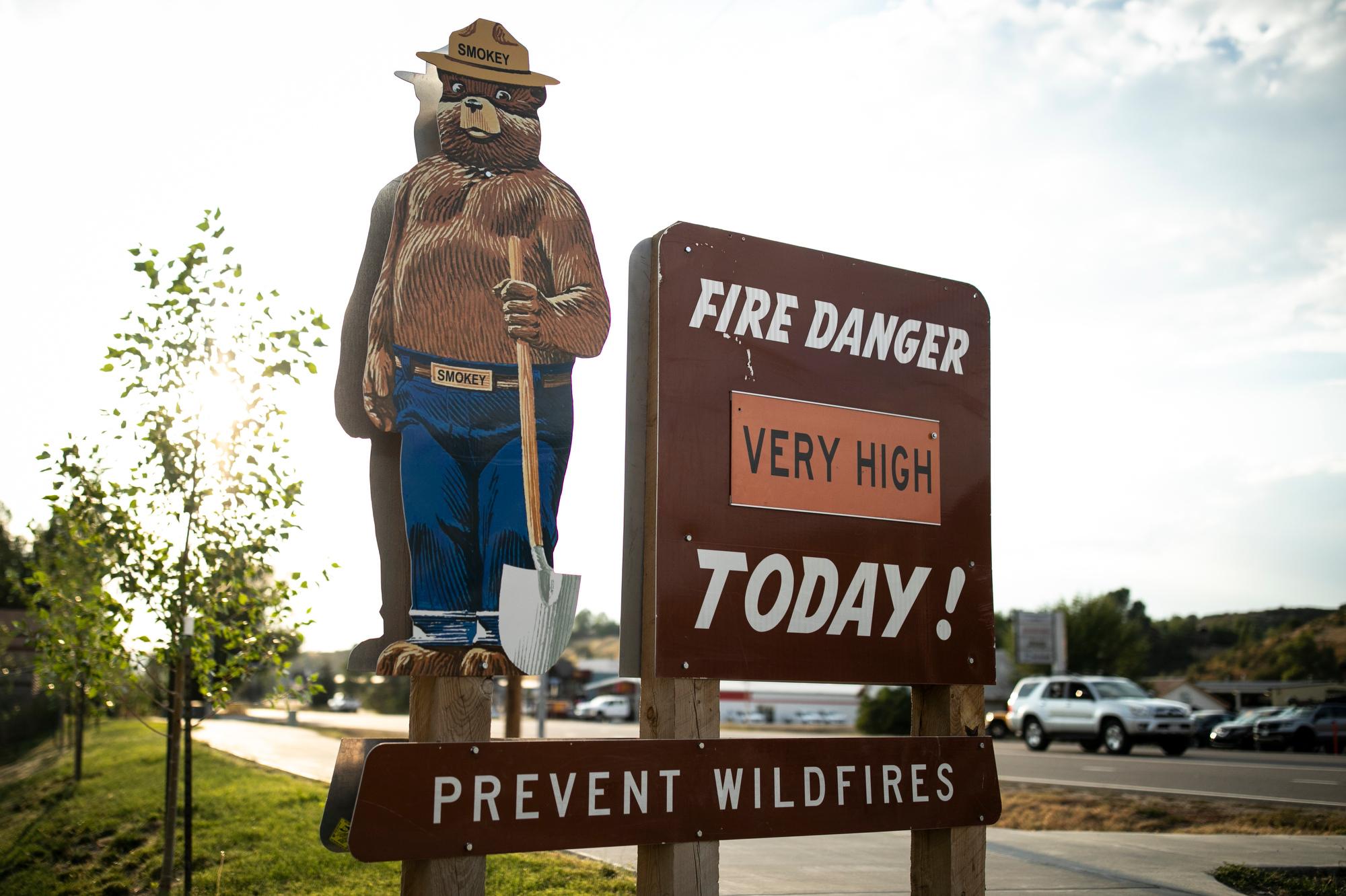
Despite the intense heat and smoky air, John Omstead decided to spend one of his days off this summer fly fishing. He traveled from his home town of Vail to a spot on the Eagle River near Dotsero, just a few miles away from the Grizzly Creek fire raging in Glenwood Canyon.
After a few hours of catch-and-release, including “one really big rainbow,” Omstead had to call it quits. The smoke started to burn his eyes, and the water had warmed to the point where fish start to get stressed and sluggish.
“You can’t even really fish all day anymore, it’s just too hot,” Omstead said.
“It’s almost becoming the new norm.”
So far, 2020 is Colorado’s third driest year on record and the 12th warmest, according to the state climatologist. Nearly a fourth of the state is in an extreme drought, and more than 175,000 acres have burned this summer, with four major wildfires ablaze right now. New fires continue to break out, and the governor has ordered a 30-day statewide fire ban. The flames have shut down Interstate-70, threatened beloved natural treasures, and the smoke has many Coloradans breathing unhealthy air.
Colorado climate scientists say we should expect more summers like these, and worse if carbon emissions aren’t reduced.
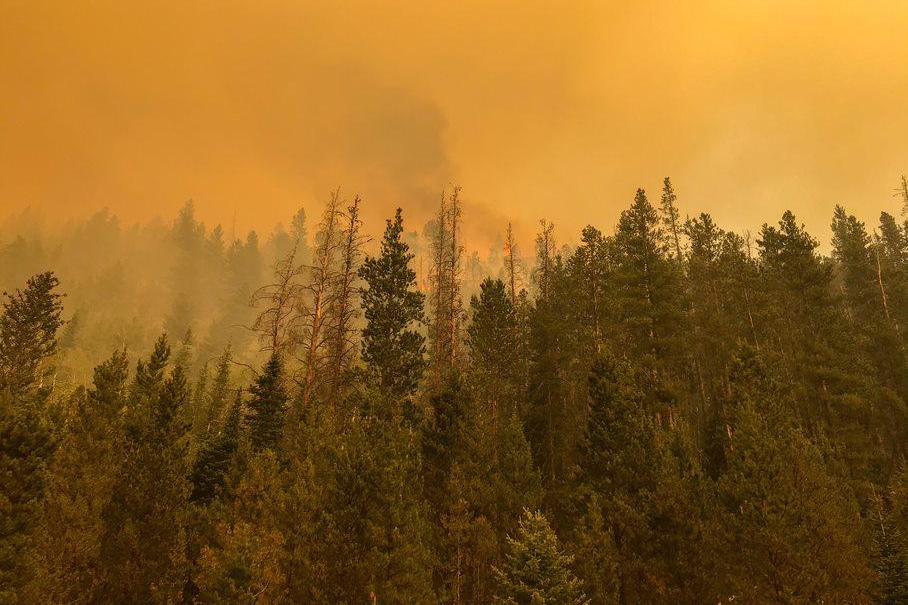
“What we're seeing here is indicative of the fact that when the hot, dry years come around, they're hotter than most of the time when they've occurred in the past,” state climatologist Russ Schumacher said. “And that's pretty well in line with what climate projections have been saying for some time.”
And while this summer has been a disastrous confluence of hot weather, severe drought and major wildfires, Schumacher said they won’t all be like this.
“I think the frequency of these kinds of summers where we get in these hot, dry conditions is probably going to increase,” he said. “When the pattern sets up for these hot, dry periods of time, they're going to be more intense. That's what we've seen the last few years here.”
For Brad Udall, a water and climate researcher at Colorado State University, this moment is “a good indicator of what our future is, unfortunately.” Instead of the new normal, Udall sees this trend as “the new abnormal.”
“Frankly, our climate is not stable. It’s changing underneath us. And as bad as this is, it could get worse,” he said.
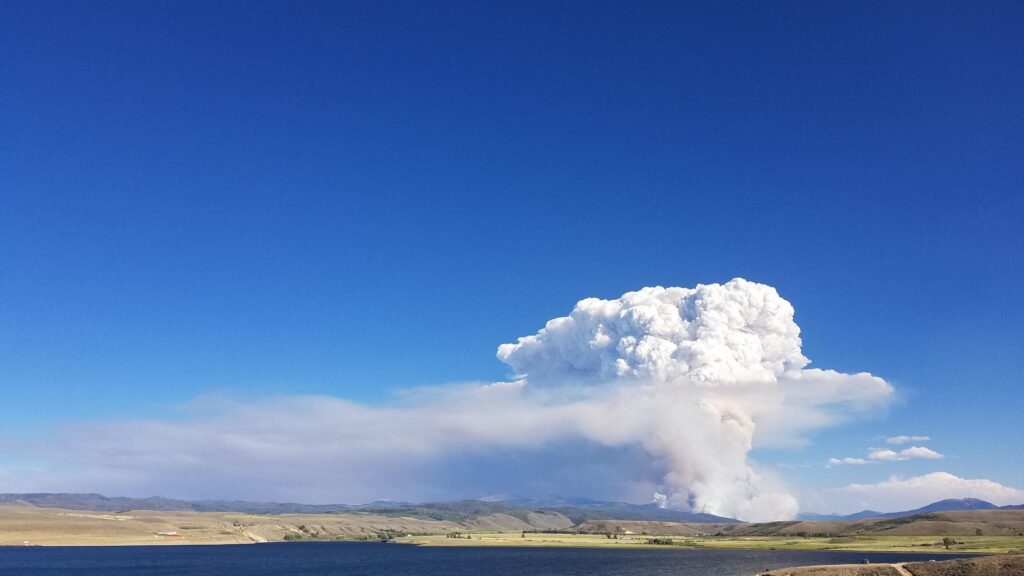
Disappearing snowpack
One of the things that troubles Udall most is that this spring’s snowpack was 100 percent of normal. He said snowpack is usually indicative of how much runoff there will be as it melts.
“In the southern portions of Colorado, we got less than half of normal runoff, despite a snowpack that looked normal,” he said.
What happened?
“Nature takes the first crack at our water supplies, and it, unfortunately, leaves less and less for us as it warms,” Udall said. The dry fall beforehand sapped the soil of its moisture, so it soaked up more snowmelt that otherwise would have ended up in rivers and creeks.
“There's a lot of science yet to be done on why 100 percent of snowpack doesn't turn into more than 50 percent of runoff, but it's really worrisome,” Udall said. “And it's certainly another indication of climate change at work.”
Udall said the climate system “has a really good memory,” and the cycle of heat and dryness is hard to break. It’s likely won't be until the fall that the state will see a significant change in these conditions. Udall said these current fires might burn into October.
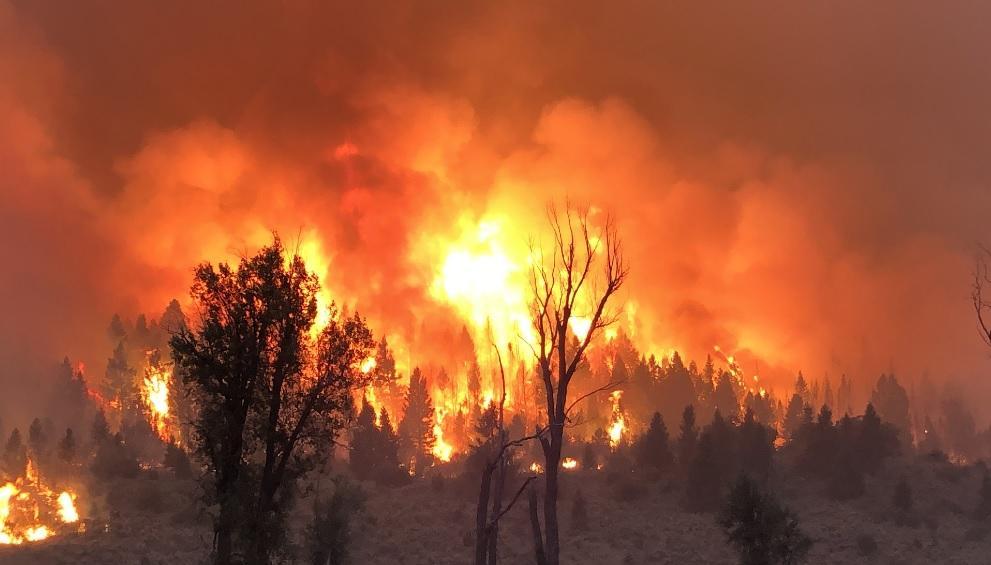
Western Slope drought
A report from The Washington Post shows that some Western Slope counties have already warmed more than 2 degrees Celsius — double the global average. It’s the largest hot spot in the contiguous United States and the same area where the Pine Gulch fire is currently burning — now the second-largest fire in state history. The area is also experiencing its driest year on record.
The Western Slope is already generally dryer and warmer. Udall said these hot spots could be another example of a “feedback loop, if you will, that is self-reinforcing that makes it harder to come out of these hot and dry periods.”
All of this means more wildfires.
“Half of the acreage now being burned in the West is the result of these warmer and dryer conditions due to human emissions of greenhouse gases,” Udall said.
He warns that these fires can impact the entire state, as smoke along the Front Range creates more ozone and further threatens the health of vulnerable populations.
“With the smoke, [Colorado summers] are not fun anymore. In fact, it’s kind of a daily ordeal to figure out how to run your life in a way that you can stay healthy,” he said.
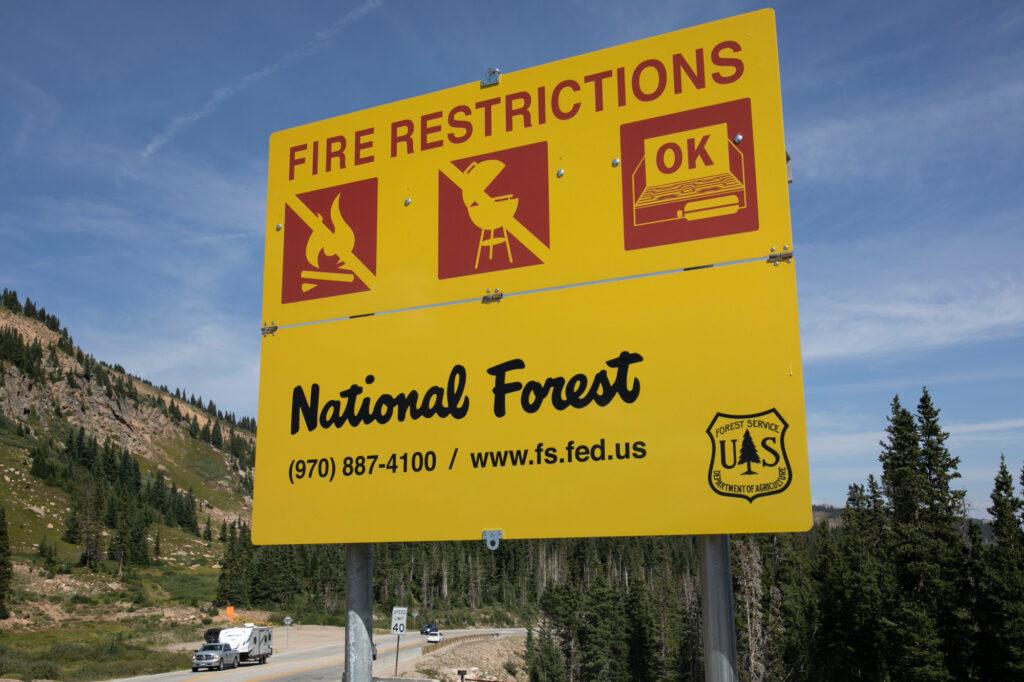
'Much longer' fire seasons expected
Jennifer Balch is the director of Earth Lab at the University of Colorado Boulder. She studies how human activity influences wildfires in the United States.
“We’re seeing the effects of climate change in the here and now, through the lens of how wildfires are impacting our communities,” Balch said.
There are “three ingredients needed for a fire” — warm and dry conditions, fuel to burn and a spark.
“People are effectively changing all three of those,” Balch said. On top of warming the climate, “we have changed fuels by introducing invasive grasses, we bisect with roads and homes, and we also supply ignitions.”
Balch said one of the important consequences of climate change is a “much longer” fire season. Extended dry conditions mean more chances for human-caused wildfires. According to Balch, about 30 percent of fires in Colorado are started by people.
She doesn’t expect fire seasons to get any better, only worse. And the forests might not recover from fires as well as they once did. Balch said as fires get bigger and more intense, they leave behind what “essentially look like moonscapes.”
“It’s really hard for plants to recover and rejuvenate when you also have really dry conditions,” Balch said. “It’s hard for seedlings to make it to the next year when they don’t have enough water or it’s too hot for them”
Blach calls this an “important moment of reckoning.”
“We have to figure out how to more sustainably live with increasing fire,” she said, like more controlled burning during wetter conditions to remove fuel.
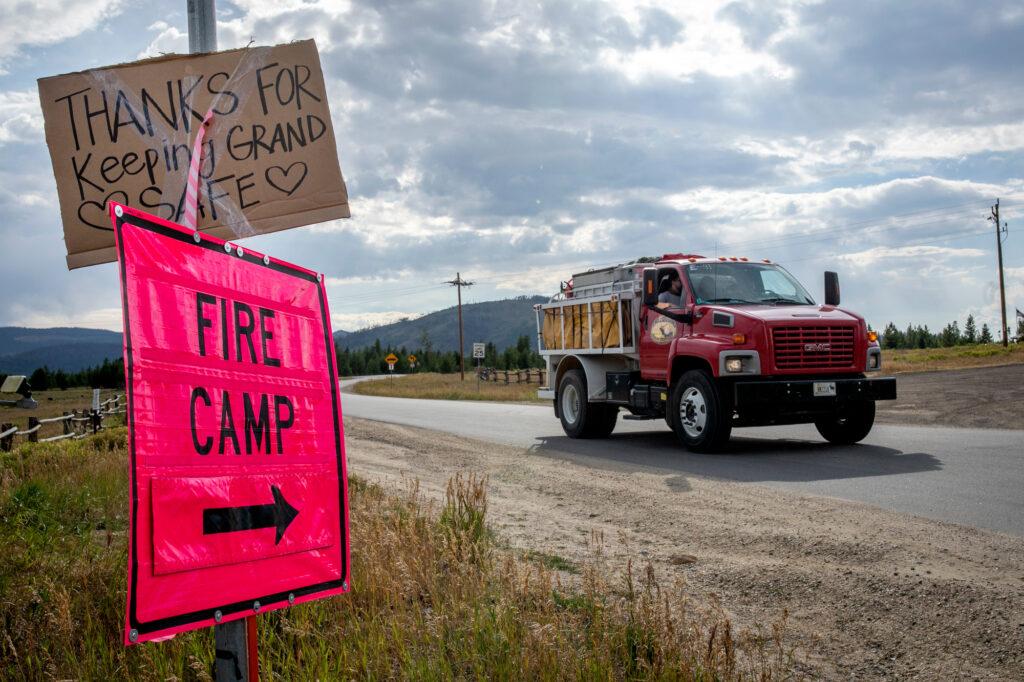
The burden falls to firefighters
“It’s unrealistic to just expect our firefighters to put fires out,” she said. “Frankly, we’re asking too much from our firefighters to deal with these extreme fire events under hotter conditions. And with more and more people moving into flammable landscapes, there's a lot of homes that are vulnerable and that are at high fire risk. So we need to rethink as a society, those risks that we're taking on.”
Mike Lester, the director of the Colorado State Forest Service, said that fire suppression over the last century has greatly increased the number of trees and available fuel, and forest management needs change.
“It’s going to take an investment in our forest to try and bring that forest health around to where the fires that we do have, and which we will have, are low to moderate intensity fires,” Lester said. “But we haven’t really made those investments in our forest, and so we find ourselves in the situation we’re in today.”
He said grant programs, that help landowners and communities do the forestry work, could help make it less costly. Wildfire fighting costs exceeded $2.4 billion in 2017. Lester said that upfront wildfire mitigation costs could help save money.
“We're just not getting that work done. There's just not enough money to do that right now,” he said.
About half of Colorado’s population now lives in areas where forests and homes collide. With more wildfires due to climate change, Lester said there are decisions to make.
“We're either going to manage it through fighting fire, evacuating people and watching them lose their homes. Or we can fight it by being proactive,” Lester said. “And that's going in and doing some active forest management, like letting some burns go. Those are choices, and we're making those choices right now.”
For climate researcher Brad Udall, the big worry is that a summer like this is just a taste of how bad it could get.
“It's a message that no one wants to hear, but it's a message that everyone should hear,” Udall said. “The impacts we're seeing right now could be frankly trivial compared to the impacts we might see at mid-century. And that's shocking and scary.”
But he believes it can be solved, "or we can at least stop it from getting worse.”
“We've got the tools we need, we've got the technologies that are available at the right cost and the political solutions we need,” he said. “We just need to choose to go down that path instead of, for the most part, just ignoring the problem.”

